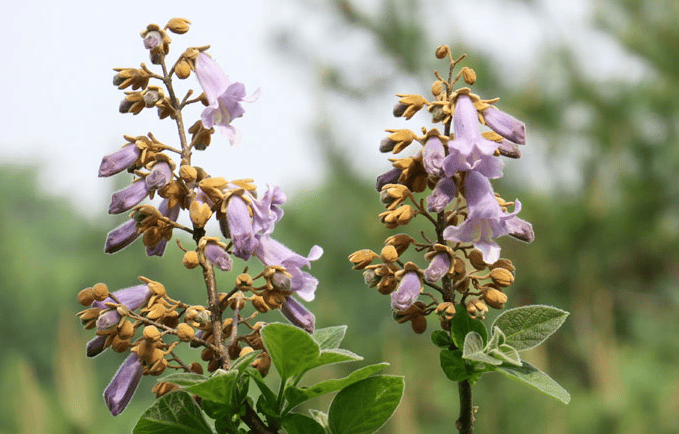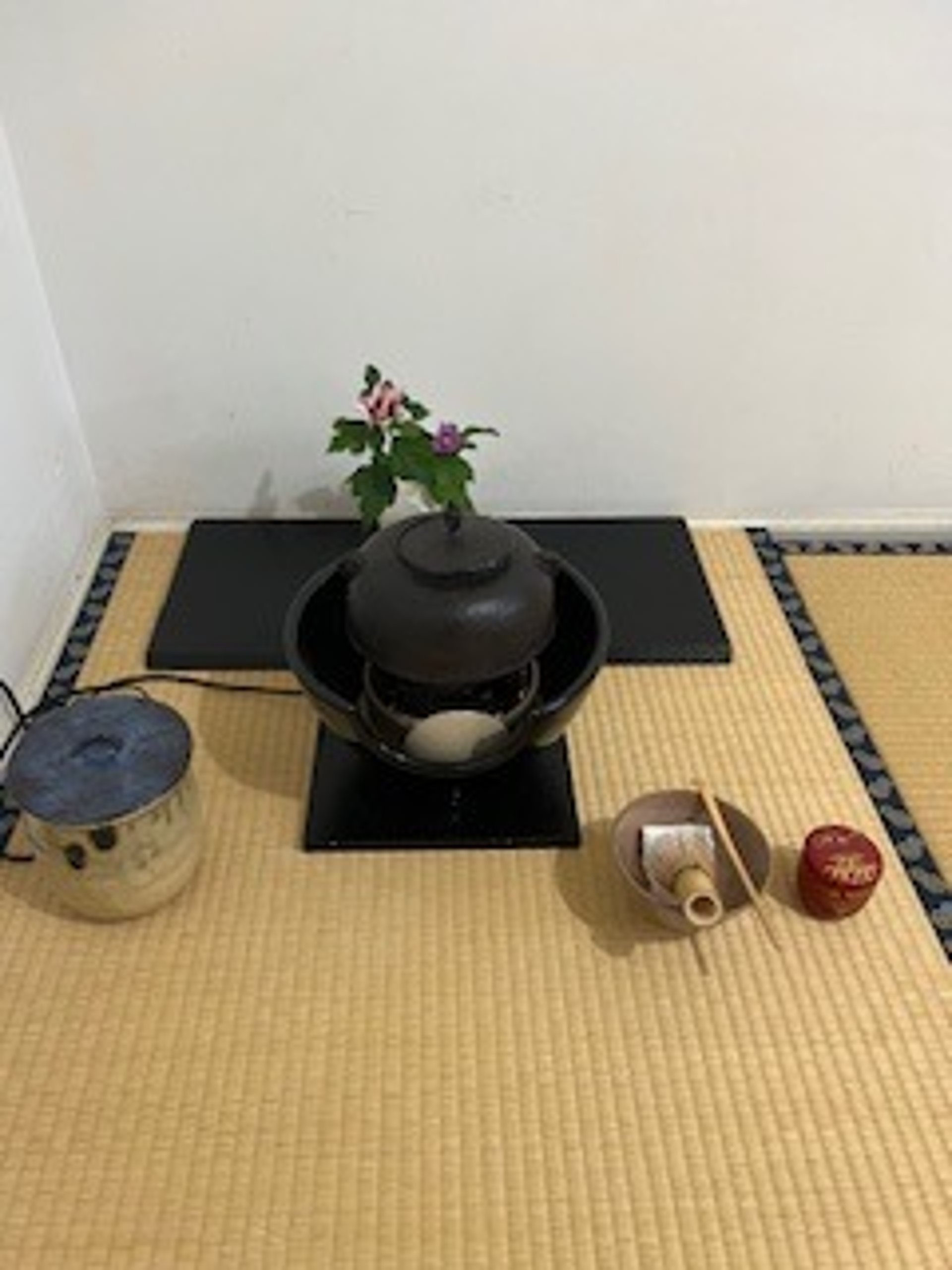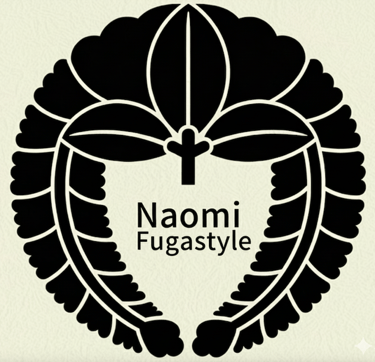Kiri(Paulownia) and Japanese
1/29/20251 min read


Kiri (桐), or paulownia, holds a profound place in Japanese culture, shaping the country’s history, craftsmanship, and symbolism. Known for its lightweight, durable, and easy-to-work-with qualities, this tree and its wood have become deeply interwoven into various aspects of Japanese life.
Symbolism and Cultural Significance
Beyond its practical use, kiri is deeply symbolic within Japanese culture.
Imperial Symbolism: The kiri flower (桐花, kiri-no-hana) is considered a symbol of imperial family and noble status in Japan. The flower itself, often depicted in artistic works or family crests (kiri-mon), represents prosperity, longevity, and prestige.
The kiri crest has historically been used by the Japanese imperial family, reflecting its connection to imperial power and the idea of eternal reign. It’s also seen in the emblem of the Japanese imperial dynasty, reinforcing its association with honor and authority.
Spirituality: The kiri tree has also been linked to spiritual ideas of renewal and purity. In many ways, it has been seen as a sacred tree, often planted around shrines or temples. In Japanese mythology, trees like the kiri are associated with celestial beings and divine protection.
Art and Literature: The kiri tree and its wood have frequently appeared in traditional Japanese art and literature. For example, in haiku or kabuki, references to the kiri tree might evoke themes of beauty, transience, and elegance—values that are central to the Japanese worldview, particularly in its appreciation of mono no aware (the awareness of the impermanence of things).

Contact: artspacenakahashi@gmail.com
Experience mindfulness through Japanese tea ceremony on the Tatami Room
Time schedule: 1 hour Fee: $80 ( $10 discounted from $90 by Feb 2026)
Pleae contact any inquiry, regarding, class, personalized consulting,,,etc..
artspacenakahashi@gmail.com
© 2024. All rights reserved.
